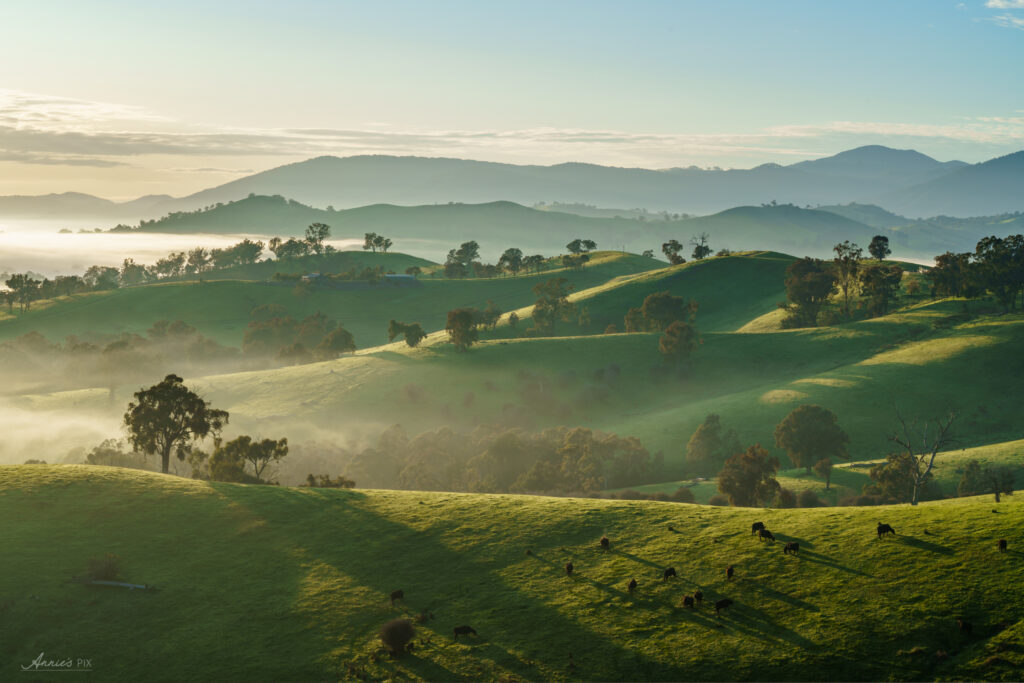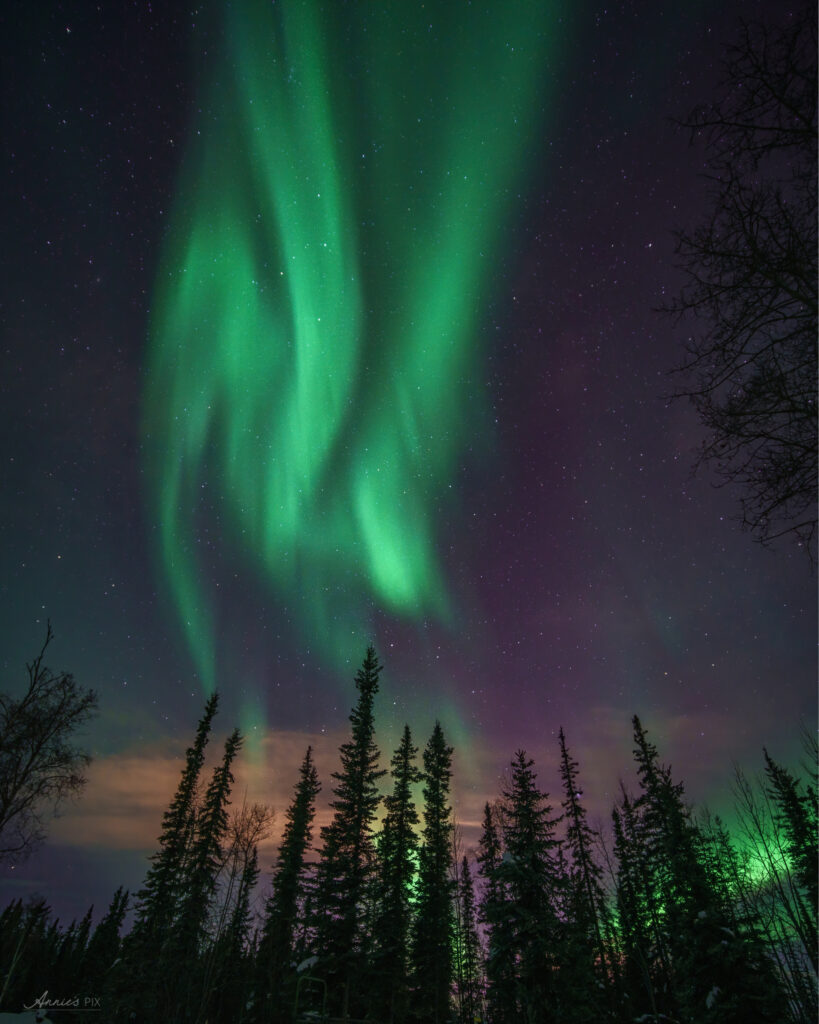Essential Camera Gear for Landscape, Wildlife, and Night Sky Photography: A Sony Alpha User Perspective
As a passionate photographer who loves exploring the world through my lens, I’ve dabbled in various genres, from landscapes to wildlife and night skies. Each presents unique challenges and rewards, and having the right gear is essential for capturing stunning images. As a Sony Alpha A7R V user, here’s my insight into the essential equipment you’ll need to excel in these fields.
1. Camera Body:
Sony’s full-frame mirrorless cameras offer exceptional performance for these genres. My personal choice, the A7R V, boasts a 61MP sensor, advanced autofocus, and 8K video capabilities, making it a versatile tool for any photographer. However, even earlier models like the A7 III or A7R IV can deliver excellent results, especially when paired with the right lenses and accessories.
2. Lenses:
- Landscape: Wide-angle lenses like the Sony FE 16-35mm f/2.8 GM are ideal for capturing expansive vistas, showcasing the grandeur of mountains, coastlines, and forests.
- Wildlife: Telephoto lenses like the Sony FE 200-600mm f/5.6-6.3 G OSS provide the reach needed to capture distant subjects, such as birds, animals, and even celestial objects.
- Night Sky: A fast wide-angle lens like the Sony FE 14mm f/1.8 GM is essential for capturing the Milky Way and other celestial wonders, allowing you to capture the breathtaking beauty of the night sky in stunning detail.

3. Other Essentials:
- Tripod: A sturdy tripod is crucial for stability, especially in low-light conditions. It helps to minimize camera shake and ensure sharp images, even when using long exposures or telephoto lenses.
- Filters: Neutral density (ND) filters and polarizers can enhance your images in various ways. ND filters allow for longer exposures, even in bright daylight, creating a silky smooth effect for waterfalls or clouds. Polarizers help reduce glare and enhance color saturation, especially in landscapes and outdoor portraits.
- Remote Shutter Release: A remote shutter release is invaluable for minimizing camera shake when taking long exposures or using telephoto lenses. It allows you to trigger the shutter without touching the camera, ensuring sharper images.
- Extra Batteries and Memory Cards: Always be prepared with extra batteries and memory cards to avoid running out of power or storage space, especially when shooting in remote locations or during extended photo sessions.
Tips for Specific Genres:
- Landscape: Experiment with different compositions and use ND filters to create long exposures that capture the movement of clouds or water. Look for interesting foreground elements to add depth and interest to your images.
- Wildlife: Patience is key. Use your camera’s burst mode to capture fast-moving subjects, and try to blend into the environment to avoid startling animals. Research the habits and behaviors of the wildlife you’re photographing to increase your chances of capturing stunning shots.
- Night Sky: Plan your shoots based on moon phases and light pollution. Use manual focus and adjust your exposure settings accordingly to capture the Milky Way and other celestial objects in detail. Experiment with different compositions and techniques to create unique and captivating images.
Conclusion:
With the right camera body, lenses, and accessories, you can capture breathtaking images in any genre. Remember, practice makes perfect, so keep exploring and experimenting to find your unique style.

